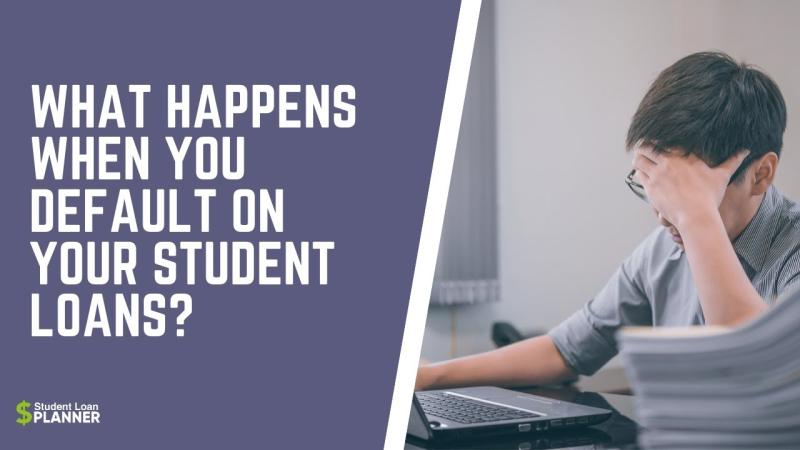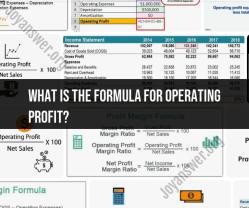How to get a mortgage loan out of default?
Resolving a defaulted mortgage loan typically involves communication with the lender or loan servicer and taking steps to address the arrears. Here's a step-by-step guide on how to address a defaulted mortgage:
1. Assess the Situation:
- Review your mortgage loan documents, payment history, and correspondence from the lender to understand the reasons for the default, outstanding payments, fees, and any potential foreclosure proceedings.
2. Contact Your Lender or Loan Servicer:
- Communicate with the lender or loan servicer as soon as possible. Explain your situation, the reasons for the default, and your willingness to resolve the issue.
- Inquire about available options for loan modification, repayment plans, or forbearance programs that could help bring the loan current.
3. Discuss Repayment Options:
- Explore repayment options that might include a repayment plan where you make additional payments alongside regular payments to catch up on arrears.
- Inquire about a loan modification that might change the terms of the loan, such as adjusting the interest rate or extending the loan term to lower monthly payments.
4. Consider a Forbearance Agreement:
- Forbearance allows for a temporary pause or reduction in mortgage payments for a specified period. This option could be helpful if facing short-term financial difficulties.
5. Provide Necessary Documentation:
- Lenders may require documentation such as proof of income, bank statements, or hardship letters to evaluate your eligibility for assistance programs.
6. Follow Through and Fulfill Agreements:
- If an agreement or repayment plan is reached, ensure you adhere to the terms. Make payments on time and in the agreed-upon amounts to avoid further default.
7. Seek Housing Counseling Assistance:
- Consider seeking assistance from HUD-approved housing counselors or non-profit agencies specializing in foreclosure prevention. They can provide guidance and negotiate with lenders on your behalf.
8. Monitor Your Credit Report:
- Check your credit report regularly to ensure that the mortgage loan status is accurately reported, especially after resolving the default.
9. Consider Legal Advice if Necessary:
- If facing foreclosure or legal proceedings, consider seeking legal advice from a housing attorney experienced in foreclosure defense to understand your rights and options.
Addressing a defaulted mortgage requires proactive communication with the lender, understanding available options, and taking steps to rectify the arrears. It's crucial to act promptly to avoid foreclosure and protect your home.
1. Steps to Rehabilitate a Mortgage Loan from Default
Rehabilitating a mortgage loan from default involves bringing the loan back into good standing by making a series of timely payments. The specific steps involved in rehabilitation vary depending on the lender and the type of loan, but the general process typically includes the following:
Contact your lender: Inform your lender of your intention to rehabilitate your defaulted loan and inquire about their specific requirements for rehabilitation.
Establish a repayment agreement: Agree to a repayment plan with your lender, outlining the number of payments you will make and the amount of each payment.
Make consistent payments: Make timely payments according to the agreed-upon repayment plan. Consistent payments demonstrate your commitment to rehabilitating the loan.
Verify loan rehabilitation: Once you have fulfilled the repayment agreement and made the required number of payments, your lender will remove your loan from default status.
2. Loan Modification as a Tool for Mortgage Default Resolution
Loan modification involves altering the terms of your existing mortgage to make it more affordable and manageable. This can be a viable option for borrowers who are struggling to make their mortgage payments due to financial hardship or changes in their income.
Loan modifications can take various forms, such as:
Interest rate reduction: Lowering the interest rate can reduce the monthly payment amount, making the loan more manageable.
Extension of loan term: Extending the loan term will spread out the payments over a longer period, resulting in lower monthly payments.
Principal reduction: Reducing the principal amount owed can lower the overall loan balance and the monthly payments.
3. Role of Refinancing in Resolving Mortgage Default
Refinancing involves replacing your existing mortgage with a new one from a different lender. This can be beneficial if you can secure a lower interest rate or better terms than your current loan. A lower interest rate can reduce your monthly payments and make the loan more affordable.
Refinancing may not always be an option for defaulted borrowers, as lenders may be hesitant to refinance a loan in default. However, if you have made significant progress in rehabilitating your loan, refinancing may become a viable option to improve your mortgage terms.
4. Negotiation with Lenders to Remove Mortgage Default
Negotiation with your lender may be a possible route to resolve your mortgage default. Lenders may be willing to work with borrowers who are facing financial hardship and demonstrate a willingness to make payments.
Negotiation could involve:
Forbearance: Forbearance is a temporary agreement to reduce or postpone mortgage payments, providing some breathing room to regain financial stability.
Repayment plan: A repayment plan can be negotiated to structure the repayment of past-due payments and bring the loan back into good standing.
Loan workout: A loan workout may involve a combination of modifications, forbearance, and other arrangements to make the loan more manageable and avoid foreclosure.
5. Government Assistance Programs for Defaulted Mortgage Loans
Several government assistance programs are available to help borrowers struggling with mortgage defaults. These programs can provide financial assistance, counseling, and guidance to help borrowers avoid foreclosure and keep their homes.
Some notable programs include:
The Home Affordable Modification Program (HAMP): HAMP provides assistance to borrowers with eligible mortgages who are facing financial hardship.
The FHA's Mortgage Insurance for Homeowners (MIH) Program: The MIH program assists borrowers with FHA-insured mortgages who are at risk of foreclosure.
The Neighborhood Assistance Program (NAP): The NAP provides funding to non-profit organizations that offer mortgage assistance and foreclosure prevention services.
If you are facing mortgage default, it is crucial to seek help from your lender, explore government assistance programs, and consider consulting a housing counselor for guidance on your specific situation.












